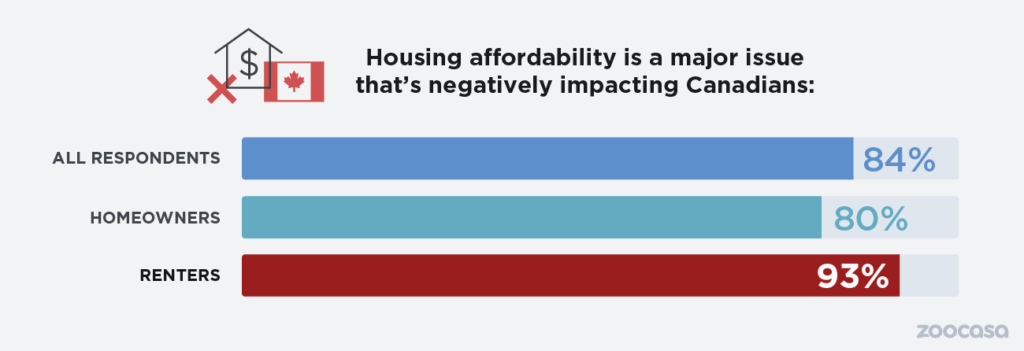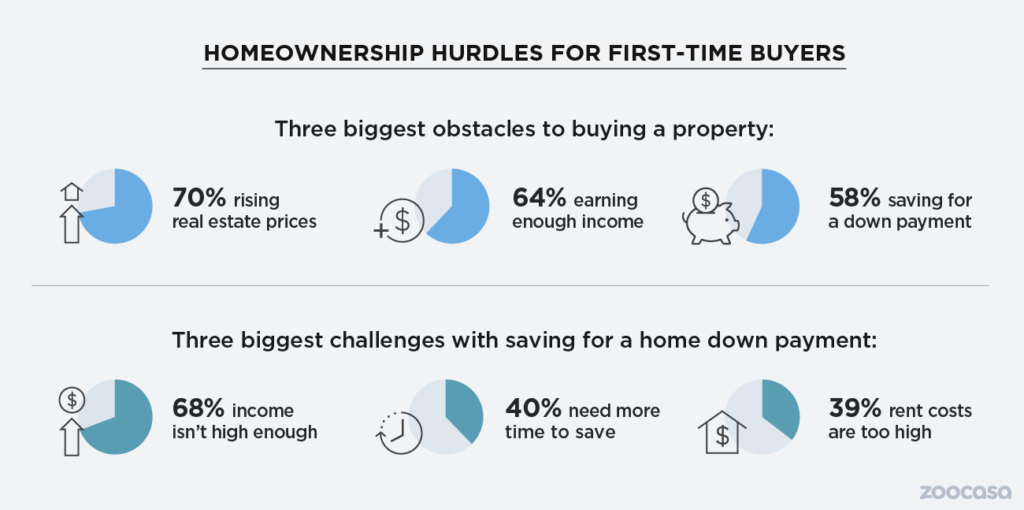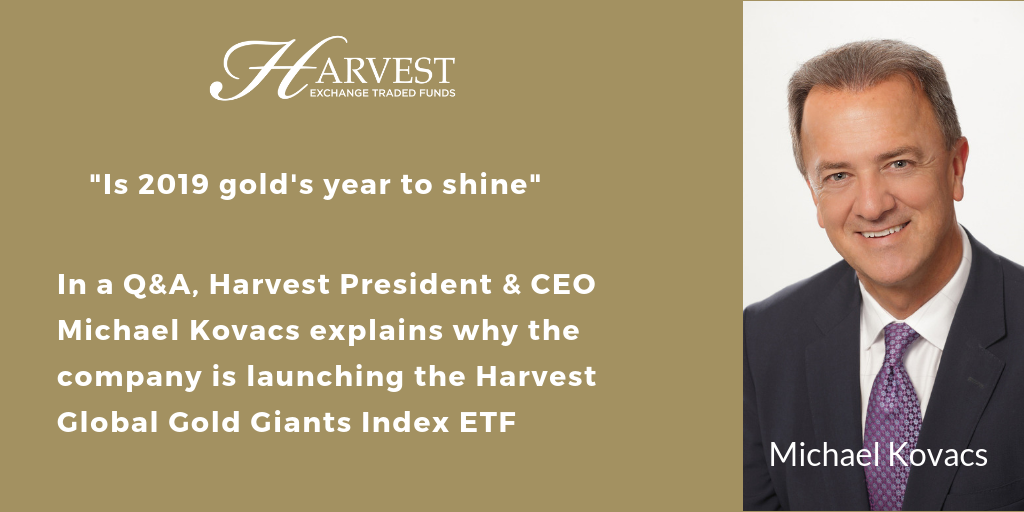By Michael J. Wiener
Once you’re halfway through retirement, you’d expect about half your savings to be gone, right? This turns out this is very wrong when we don’t adjust for inflation. The return your portfolio generates causes your savings to hold steady for a while and then fall off a cliff.
I read the following quote in the second edition of Victory Lap Retirement:
“A recent Employee Benefit Research Institute study found that people in the U.S. who retired with more than $500,000 in savings still had, on average, 88 percent of it left eighteen years after retirement.”
Frederick Vettese provided further detail. This 88% figure is the median rather than the average.
This statistic was used as proof that retirees aren’t spending enough. After all, if you planned on a 35-year retirement, half the money should be gone after 18 years, right? Not even close. Below is a chart of portfolio size based on the following assumptions.
– annual portfolio return of 2% above inflation
– annual withdrawals of 4% of the starting portfolio size, rising with inflation each year
– inflation of 2.12% (the average U.S. inflation from 2001 to 2018)
So, to be on track for a 35-year retirement, your remaining portfolio 18 years into retirement should be 83% of your starting portfolio size. This is a far cry from an intuitive guess that about half the money should be left.
Still, the earlier quote said the average retiree who started with at least half a million dollars had 88% of their money left 18 years into retirement. Further, thanks to a reader named Dave who found the original EBRI study online, we know that the 88% figure is inflation-adjusted. Continue Reading…












